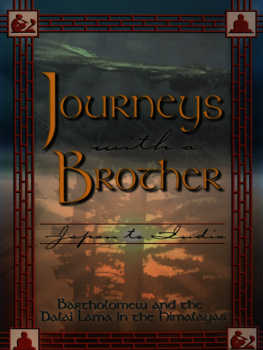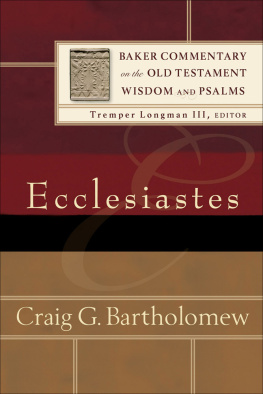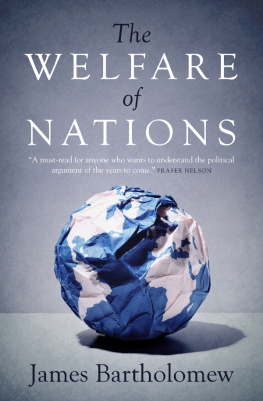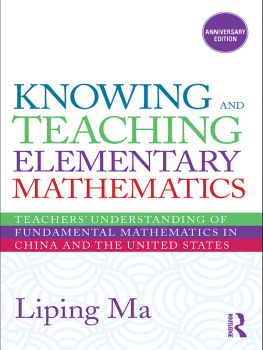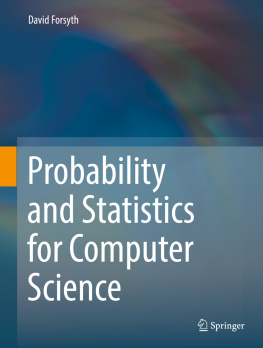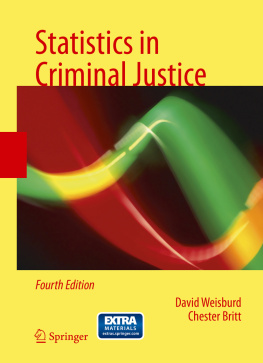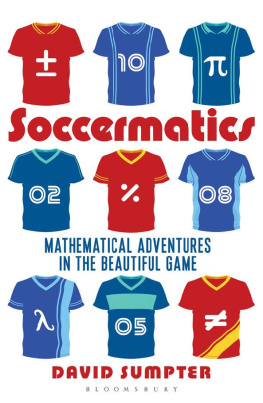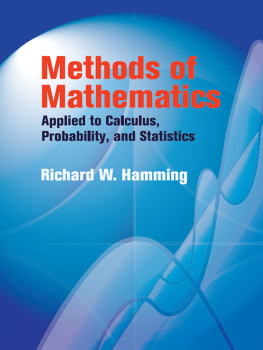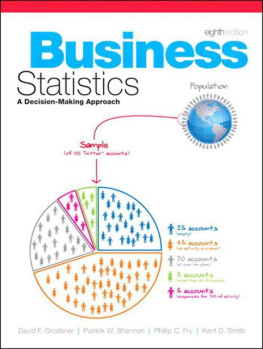SAGE Publications Ltd
1 Olivers Yard
55 City Road
London EC1Y 1SP
SAGE Publications Inc.
2455 Teller Road
Thousand Oaks, California 91320
SAGE Publications India Pvt Ltd
B 1/I 1 Mohan Cooperative Industrial Area
Mathura Road
New Delhi 110 044
SAGE Publications Asia-Pacific Pte Ltd
3 Church Street
#10-04 Samsung Hub
Singapore 049483
David J Bartholomew 2016
Apart from any fair dealing for the purposes of research or private study, or criticism or review, as permitted under the Copyright, Designs and Patents Act, 1988, this publication may be reproduced, stored or transmitted in any form, or by any means, only with the prior permission in writing of the publishers, or in the case of reprographic reproduction, in accordance with the terms of licences issued by the Copyright Licensing Agency. Enquiries concerning reproduction outside those terms should be sent to the publishers.
Library of Congress Control Number: 2015931451
British Library Cataloguing in Publication data
A catalogue record for this book is available from the British Library
ISBN 978-1-4739-0244-2
ISBN 978-1-4739-0245-9 (pbk)
Editor: Jai Seaman
Assistant editor: James Piper
Production editor: Victoria Nicholas
Copyeditor: Richard Leigh
Proofreader: Andy Baxter
Indexer: David Rudeforth
Marketing manager: Sally Ransom
Cover design: Shaun Mercier
Typeset by: C&M Digitals (P) Ltd, Chennai, India
Printed in India at Replika Press Pvt Ltd
About the Author
David Bartholomewwas born in England in 1931. After undergraduate and postgraduate study at University College London, specialising in Statistics, he worked for two years in the operational research branch of the National Coal Board. In 1957 he began his academic career at the University of Keele and then moved to the University College of Wales, Aberystwyth as lecturer, then senior lecturer in Statistics. This was followed by appointment to the chair in Statistics at the University of Kent in 1967. Six years later he moved to the London School of Economics as professor of Statistics where he stayed until his retirement in 1996. During his time at the LSE he also served as pro-director for three years. He is a Fellow of the British Academy, a Member of the International Statistical Institute, a Fellow of the Institute of Mathematical Statistics and has served as Honorary Secretary, Treasurer and President of the Royal Statistical Society. He has a long-standing interest in, and experience of, teaching elementary Statistics to social scientists. An early, and rather different approach was written up, with Eryl Bassett, in a Pelican book entitled
Lets Look at the Figures, in 1971.
He has authored, co-authored or edited about 20 books and over 130 research papers and articles, many of them in the field of social Statistics broadly interpreted.
Preface
This is a book about the ideas of Statistics, not the methods. It was born out of the authors belief that the ideas of Statistics are not essentially mathematical in character. This view owes nothing to the apparent fact that any sign of mathematics strikes fear into the intended audience. It goes much deeper into the conceptual framework within which the subject is approached.
This book is not simply a translation of a standard textbook in elementary Statistics into a symbol-free text. Although most of the topics covered in elementary texts will be found somewhere here, readers may quickly become disorientated if they set out with this expectation. One main difference is in the rate at which topics are introduced. To the reader with some prior acquaintance with the subject it may seem that the rate of progress is very slow to begin with. This is a consequence of our concern with ideas rather than methods. The central idea is that of the frequency distribution. In fact, as far as this book is concerned, it may seem to be the only main idea. For this reason we tackle the subject from several angles. Most current textbooks pass over basic ideas of variation quite quickly in order to move on to various ways of summarising distributions without it always being clear that that is why they are doing this. The other objective, to which they move as fast as possible, is inference, particularly tests of significance. These too depend on making judgements about distributions. It therefore pays a double dividend if the reader has been well grounded in the ideas of variation and its measurement.
Elementary books and courses typically focus on how to handle well-defined problems. Too little attention is paid to motivation. That is, students get very little guidance on how the problem arises in the first place and why one should approach it in the recommended way. In an attempt to redress the balance, greater emphasis is placed here on the intuitive thinking behind standard procedures, with an emphasis on informal reasoning. To the more experienced reader this may appear somewhat tedious or even repetitive, but it is an aspect of learning which is commonly neglected. The book concludes, in , by making a link back to the more traditional treatments.
The book is intended to complement, not replace, the more traditional treatments on which most introductory courses for social scientists are based. Those pursuing such courses could read it before or afterwards. Read beforehand, it should make the path easier by providing a rationale for procedures which, when they are first met, often seem rather arbitrary and esoteric; read afterwards, it might provide the overall illumination which is so often lacking. Those who contemplate reading it alongside a traditional course should be aware that that the order of topics and the pace of treatment will sometimes be very different.
There are many social scientists, among others, who will never need to carry out statistical procedures themselves but will need to appreciate what others have done. This book will also provide them with a means of access so that less has to be taken on trust. It may also be useful for a general readership, including statisticians, if they should chance to come across it.
This should not be mistaken for a Statistics made easy book. Whether or not readers find it easy will depend on their assessment of the intrinsic difficulty of the basic ideas. Indeed, since, in the past, much of statistical methodology has typically been learnt by rote in order to pass examinations, some may find an introduction to the raw ideas themselves a strange experience. The reader familiar with existing texts may also feel somewhat disoriented by what may sometimes appear as a strange imbalance of emphasis.








